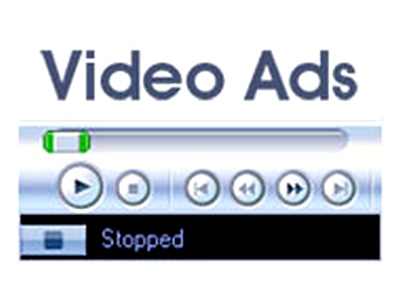
Frames of Reference, a study from Online Publishers Association, (via paidContent) released a study regarding online video advertising. Some of the highlights from the study:
- 30 second outperformed 15 second
- 52 percent of users take an action (learning more to purchasing)
- News was number one, followed by weather, and then humor
- Companion ads (static banners with video) were most effective
The results of this study are pretty interesting especially for those of you living in New York exposed to the branding campaign that NBC Uni is promoting (via bus shelters and phone booths) about how they are innovating beyond 30 seconds. I'm also very surprised about the high number of users that take action following a video ad. Personally if an ad is irrelevant to me (for example on ABC.com) I can't wait to "click to continue" as soon as my requisite 30 seconds are up. So this means that somehow, ad servers are serving up relevant ads. I'm not sure how since YouTube is barely rolling out there new ad serving product, but I'm curious if anyone out there knows what they are doing. Companion ads are kind of an obvious thing which is what ABC.com does. No brainer there. Content wise I'd also agree that news and weather are the most watched. And again this is fairly obvious. We live in a world of Long Tail
Marketing wise what does this mean? Well our intuition is wrong but the study is a bit fuzzy as it mentions that results were taken from 1,422 online video users. Are they YouTube watchers or ABC.com watchers? A mixture of both? Joost users? After all ABC.com only has 30 second companion ads. Also the numbers are fairly small. And of course if you have to sit through 30 seconds you will have better recollection than if you sat through 15 seconds. So this result could be skewed.
The big (and best) part of the study is the high call to action provided by those surveyed. This shows that users are not only in there for a passive experience but have their fingers on the mouse button ready to click away. It's a great sign that we're ready for interative TV.

No comments:
Post a Comment